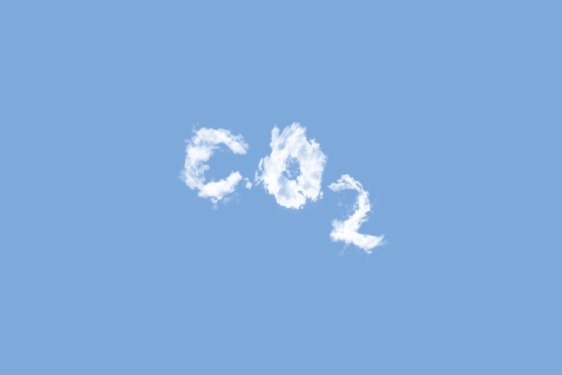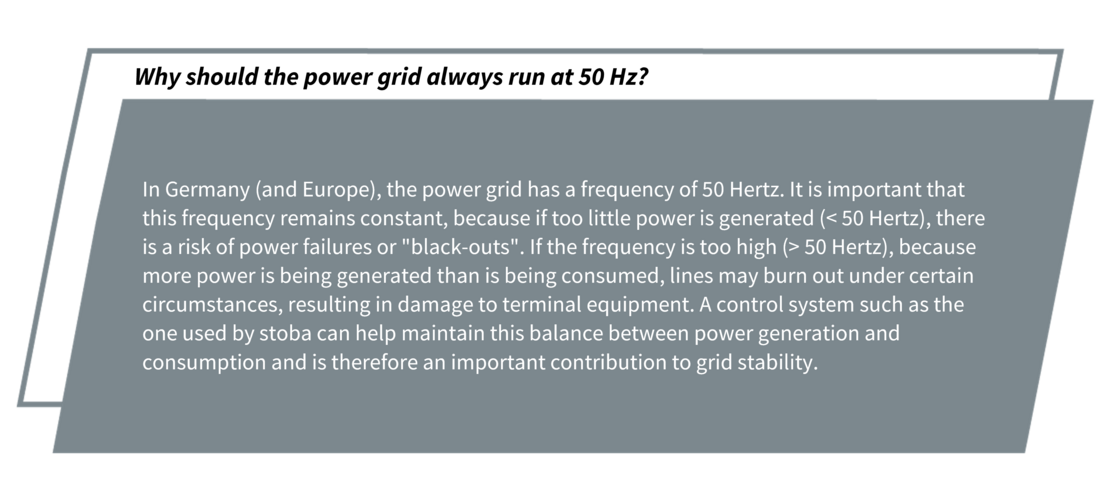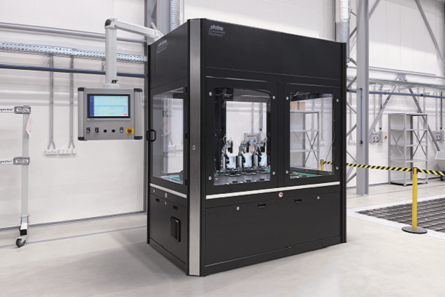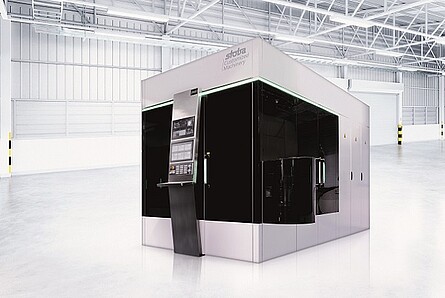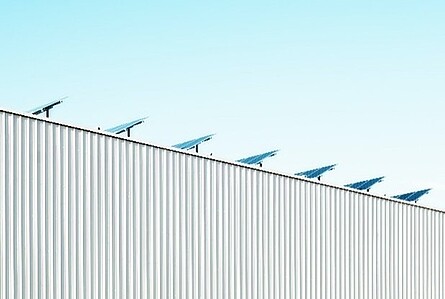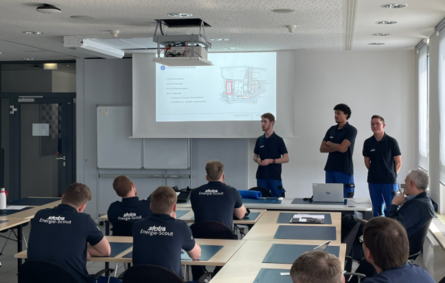TechStories made by stoba: RespONEsability - on the road to CO2-neutral production
CO2-neutral production - not an easy undertaking for a production facility that, like stoba, operates with up to 7,000 kW of electricity per hour at peak times. At the same time, it is exactly this high demand for energy that calls on the industry to use more environmentally friendly ways of generating energy. In this context, the issues of CO2 emissions and energy generation are not just an increasing financial burden - customers, suppliers and society are now also demanding that their business partners act in an environmentally conscious manner and make an active contribution to climate protection. Based on these developments, stoba is now working on precisely this in a joint project with Siemens - and could thus not only have taken the step toward CO2 neutrality by 2030, but also supply charging stations for electric vehicles through its own sustainable energy generation. The corresponding concept was developed jointly, with stoba relying on Siemens' expertise and experience for implementation.
The joint project was launched in 2019 where ideas were developed on how to move toward zero-emission production. The result: Especially the generation and use of electricity and the switch from fossil fuels to renewable energies offer a lot of potential. Now, at the beginning of 2022, the first of two project steps is already being implemented.
The first step is to work on a more flexible power supply. This primarily involves changing the way energy resources are accessed, explains Christian Vockel, head of the department in which energy and environmental management is based: "We have two company-owned power plants that run on natural gas and until recently generated electricity and hot water under constant load. Now we're trying to turn them on only in a very targeted way, i.e., whenever there's a short-term increase in energy demand." This process, known as "peak shaving," can reduce the site's previous natural gas consumption by about 50 percent in just a short time. In addition, a battery storage system will be installed, in which up to 500kW can be temporarily stored. "This will enable us to balance our consumption peaks even better," says Arne Bihler from Energy and Environmental Management. Another important role is also played by a new control system that can track current developments on the energy market and react to them. If, for example, there is too much energy at the site, it is fed into the general power grid - if there is too little, electricity is fed in that is not needed elsewhere. In addition, electricity consumption can be reduced in the event of bottlenecks by shutting down individual systems temporarily. In this way, stoba helps keep the entire grid in balance.
South German sunshine for independence
The second part of the project focuses on switching to sustainable energy generation. To this end, the installation of photovoltaic systems on the company premises is planned, which will not only generate energy for production, but also for a charging station infrastructure for electric vehicles. Solar energy could thus be used to generate around 1.5 megawatts of electricity by the end of the project. "So we want to combine established technologies like the photovoltaic systems with new approaches like the smart management system. This holistic approach creates a framework for environmentally conscious management that suits us and our environment," says Arne Bihler. Christian Peschke, Managing Director of stoba Precision Technology in Backnang, adds: "With this project, we are not only taking a decisive step in terms of climate protection. We also want to use the project to offer our employees and the people in the immediate vicinity additional value in the future, for example with charging stations."
The first step of the project is scheduled for completion in the middle of next year. Ideally, implementation of the second project step can then begin. According to the current plan, the project should be fully completed by 2030 at the latest, as "We will of course not be able to implement such a conversion overnight. And not alone either," says Christian Peschke. "So it's all the more important that we start now, have a clear goal in mind, and have the right partners at our side. Because we are committed to progress - and with progress always comes responsibility. And this is what we are taking on.”
Image Source: Matthias Heyde/Unsplash
Published August 2nd 2022
